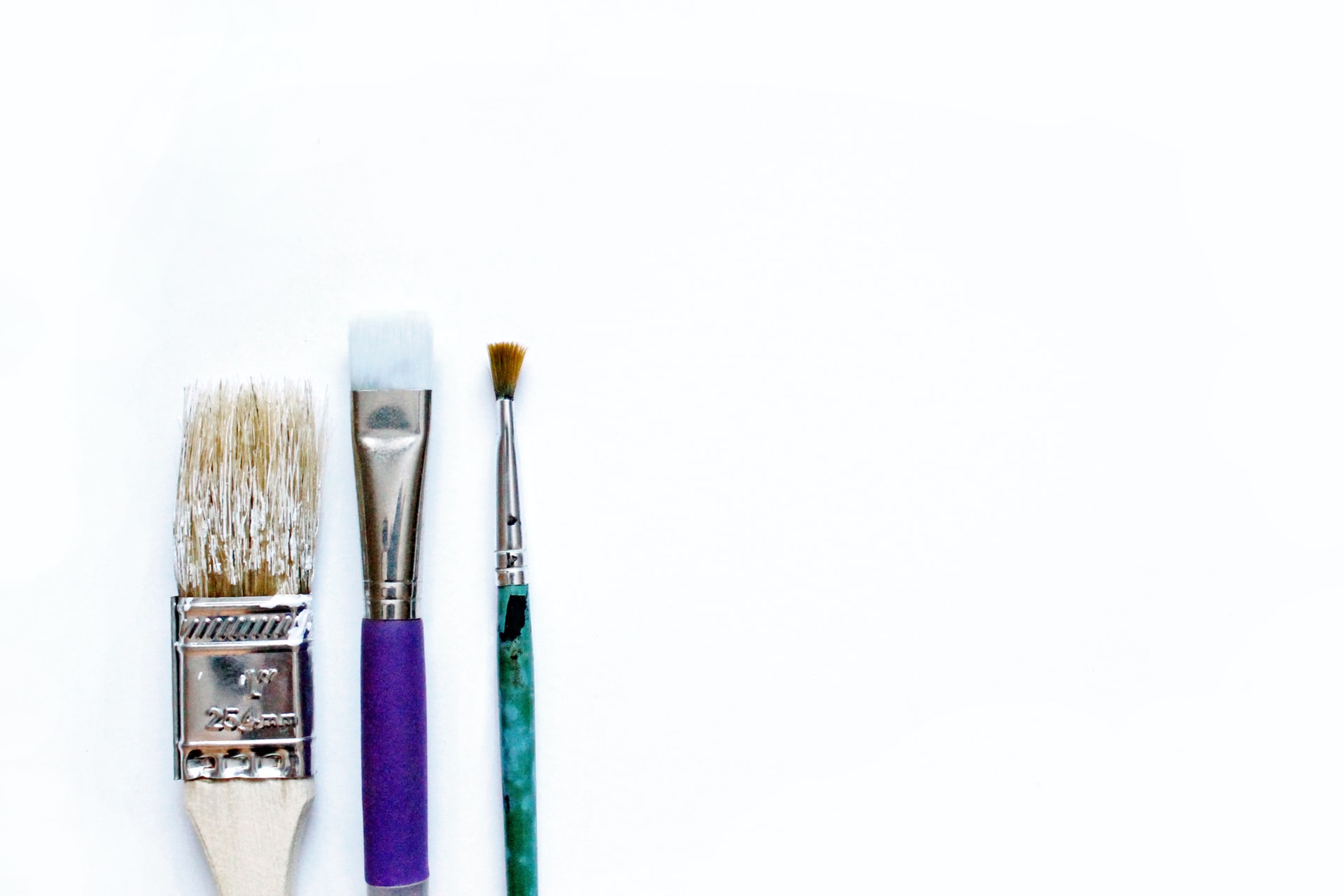
Unravelling the Significance of Dog Symbolism in Art
In the vast realm of artistic expression, symbols serve as potent tools that infuse depth and significance into the canvas of creativity. Among these symbols, few have stirred the human psyche and sparked emotions quite like our loyal companions – dogs. Throughout the annals of art history, dogs have held a special place, serving as powerful symbols that transcend cultural divides and resonate with audiences on a profoundly personal level. Join us as we delve into the rich tapestry of dog symbolism in art, exploring the multifaceted ways in which these faithful creatures have left an indelible mark on the world of artistic expression.
DOG SYMBOLISIM IN DIFFERENT CULTURES
Dog symbolism in art is rich and varied, reflecting the diverse ways different cultures perceive and value dogs. In ancient Egypt, dogs were revered as sacred animals associated with Anubis, the god of the afterlife, and were believed to guide souls through the underworld. In Celtic culture, dogs symbolised healing and protection, often depicted alongside deities and warriors.
In China, the dog is one of the twelve zodiac animals and is seen as a symbol of loyalty, honesty, and good fortune. Meanwhile, in Native American traditions, dogs are considered spiritual guides and protectors, often appearing in mythology and storytelling as symbols of loyalty, bravery, and hunting prowess.
These cultural depictions highlight the universal respect and admiration for dogs, underscoring their significant role in human society and their enduring presence in the artistic and symbolic heritage of diverse communities around the world.
Dogs in Ancient Greek and Roman Art
In the rich tapestry of ancient Greek and Roman art, dogs are frequently depicted, reflecting their esteemed status and multifaceted roles in these classical societies. Both cultures celebrated dogs not only for their practical functions as hunters and protectors but also for their symbolic significance.
Dogs in Ancient Greek Art
In ancient Greek art, dogs were often portrayed in various forms, ranging from vase paintings to sculptures. The Greeks revered dogs for their loyalty, companionship, and hunting skills. They were commonly depicted in scenes of everyday life, accompanying their human counterparts in hunting expeditions or lounging in domestic settings. One of the most famous examples is the “Hound of Alcibiades” sculpture, which beautifully captures the physical prowess and alertness of the animal.
Moreover, dogs held a significant place in Greek mythology and were frequently depicted in relation to deities and heroes. The goddess Artemis, the huntress, was often shown with her loyal hunting dogs. Similarly, the mythological three-headed dog, Cerberus, guarded the entrance to the Underworld, serving as a symbol of loyalty and protection.
Dogs in Ancient Roman Art
In Roman art, dogs were similarly esteemed and often featured in mosaics, frescoes, and statues. The Romans admired dogs for their roles in hunting, guarding, and as loyal companions. Many Roman mosaics, especially those found in the ruins of Pompeii and Herculaneum, depict dogs in domestic scenes, highlighting their integral role in everyday Roman life.
One notable example is the “Cave Canem” mosaic found at the entrance of a house in Pompeii, which translates to “Beware of the Dog.” This mosaic not only served a practical purpose but also illustrated the Romans’ appreciation for their canine protectors.
Dog Symbolism in Renaissance Art
The Renaissance, a period of artistic flourishing and cultural rebirth in Europe from the 14th to the 17th century, saw dogs frequently portrayed in various forms of art. During this era, dogs were not only depicted for their physical attributes but also imbued with rich symbolic meanings that reflected the values, beliefs, and social norms of the time.
Note: Would you like your dog painted as royalty or as a dog in a Renaissance painting? Then take a look at our royal pet portraits and anthropomorphic dog art.
Loyalty and Fidelity
One of the most prominent symbolic representations of dogs in Renaissance art is loyalty and fidelity. Dogs are often depicted in portraits, especially those of married couples, to signify marital fidelity and the loyalty between spouses. A famous example is Jan van Eyck’s “Arnolfini Portrait” (1434), where a small dog stands at the feet of the couple, symbolising their mutual loyalty and the bond of their marriage.
Nobility and Wealth
Dogs in Renaissance art were also symbols of nobility and wealth. Hunting dogs, such as greyhounds and spaniels, were frequently included in portraits of the aristocracy, showcasing the owner’s status and leisure. These dogs, often depicted with elegant collars and in regal postures, underscored the affluence and refined lifestyle of their owners. For instance, in Titian’s “Portrait of Federico II Gonzaga” (1529), a sleek hunting dog sits beside the nobleman, emphasising his high social standing.
Companionship and Domestic Life
Renaissance artists also depicted dogs as symbols of companionship and domestic life. Dogs appear in many domestic scenes, illustrating their role as beloved pets and members of the household. These depictions highlight the intimate and affectionate relationship between dogs and humans. For example, in Albrecht Dürer’s “Saint Jerome in His Study” (1514), a small dog lies peacefully at Saint Jerome’s feet, symbolising the calm and faithful companionship that dogs provide.
Allegorical and Religious Symbolism
In addition to their secular symbolism, dogs in Renaissance art were also used in religious and allegorical contexts. In Christian art, dogs sometimes represent faith and watchfulness. They appear in scenes of saints, such as Saint Roch, who is often depicted with a loyal dog that miraculously brings him bread while he is suffering from the plague. This imagery underscores themes of faith, divine intervention, and loyalty.
Moral Lessons
Renaissance artists also used dogs to convey moral lessons and human virtues. For instance, in Pieter Bruegel the Elder’s “The Hunters in the Snow” (1565), the dogs accompanying the hunters serve to remind viewers of the virtues of perseverance and hard work. The depiction of dogs in such scenes underscores their role as faithful and industrious companions
How did Titian Use Dogs as Symbols in his Paintings?
Titian, the renowned Venetian painter of the Renaissance, often included dogs in his artworks, imbuing them with symbolic significance that complemented the themes of his compositions. While Titian’s specific interpretations may vary across different paintings, dogs in his art generally symbolise loyalty, fidelity, and nobility.
One notable example is Titian’s masterpiece, “Diana and Actaeon.” In this painting, which is part of a series depicting stories from Ovid’s “Metamorphoses,” dogs play a central role in the narrative. The scene depicts the moment when Actaeon, a mortal who inadvertently stumbled upon the bathing goddess Diana and her nymphs, is transformed into a stag and ultimately torn apart by his own hunting dogs as punishment for his transgression. Here, the dogs symbolise loyalty to their mistress, Diana, and serve as agents of divine justice, executing her will without question.
In other works by Titian, such as “Bacchus and Ariadne” and “Venus and Adonis,” dogs are also present, often depicted as faithful companions or symbolic elements that reinforce the themes of love, desire, and fidelity. In “Venus and Adonis,” for example, the hunting dog serves as a poignant reminder of the impending tragedy, as it tries to prevent Adonis from embarking on his fatal hunt.
Dogs Symbolise Loyalty and Devotion
At the heart of dog symbolism in art lies the timeless theme of loyalty and devotion. From ancient civilizations to contemporary masterpieces, dogs have been depicted as unwavering companions, standing steadfastly by their human counterparts through all trials and tribulations.
Consider the legendary tale of Hachiko, the faithful Akita who patiently awaited his owner’s return at Shibuya Station in Japan, inspiring countless artistic renditions and touching the hearts of millions around the globe.
In art, dogs symbolise the virtues of loyalty, devotion, and boundless affection, serving as poignant reminders of the profound bond shared between humans and animals.
Dogs Symbolise Protection & Security
Across diverse cultures, dogs are revered as guardians and protectors, embodying qualities of courage and vigilance. From the fearsome Cerberus of Greek mythology to the majestic hunting hounds immortalized in Renaissance paintings, dogs have often been portrayed as stalwart defenders of their domains and companions. In art, dogs symbolise protection and security, serving as vigilant sentinels against threats and dangers. Whether depicted as fierce watchdogs or gentle guardians, dogs evoke a sense of safety and reassurance in art, reminding viewers of the inherent instinct to protect and nurture.
Dogs Symbolise Companionship and Joy
Beyond their roles as guardians and protectors, dogs symbolize the simple joys of companionship and camaraderie in art. Through playful depictions of frolicking puppies or serene portrayals of contented canines at rest, artists capture the essence of the human-dog bond in its purest form.
In a world often fraught with complexities, dogs offer a beacon of joy and companionship, reminding us to cherish life’s simple pleasures and find solace in the company of loved ones, both human and animal alike.
Popular Dog Breeds in Art
After exploring the symbolism of dogs in various cultures, it’s fascinating to consider how specific breeds have made their mark in art. From the majestic German Shepherd to the playful Labrador Retriever, certain breeds have become iconic symbols in the artistic realm. Artists often incorporate these breeds into their works to evoke specific characteristics or to represent the essence of canine companionship. Let’s delve into some of the most popular dog breeds depicted in art and the symbolism associated with them.
German Shepherds in Art
The German Shepherd is revered for its intelligence, loyalty, and strength. In art, this breed is often depicted as a noble and vigilant guardian, symbolizing qualities such as protection, courage, and fidelity. Its dignified appearance and keen sense of duty make it a popular choice for portraying themes of loyalty and guardianship in artworks.
Labradors in Art
Labradors are beloved for their friendly demeanour, playful nature, and unwavering loyalty. In art, they are often depicted as joyful companions, symbolising qualities such as happiness, companionship, and loyalty. Their cheerful disposition and boundless energy make them popular subjects for portraying the joys of friendship and the simple pleasures of life.
These are just 2 examples of popular dog breeds depicted in art, each with its own unique symbolism and significance. Whether portrayed as loyal guardians, playful companions, or beloved family members, dogs continue to captivate the imagination of artists and audiences alike, leaving an indelible mark on the world of art.
Conclusion
As we navigate the vast landscape of art and symbolism, dogs emerge as steadfast allies, weaving threads of loyalty, guardianship, and companionship into the fabric of human experience.
Through their timeless presence in art, dogs transcend mere representation to become powerful conduits of emotion and meaning, touching hearts and minds across generations. So, the next time you encounter a canine companion immortalised on canvas or carved in stone, take a moment to ponder the profound symbolism they embody, and marvel at the enduring bond between humans and their faithful friends.















